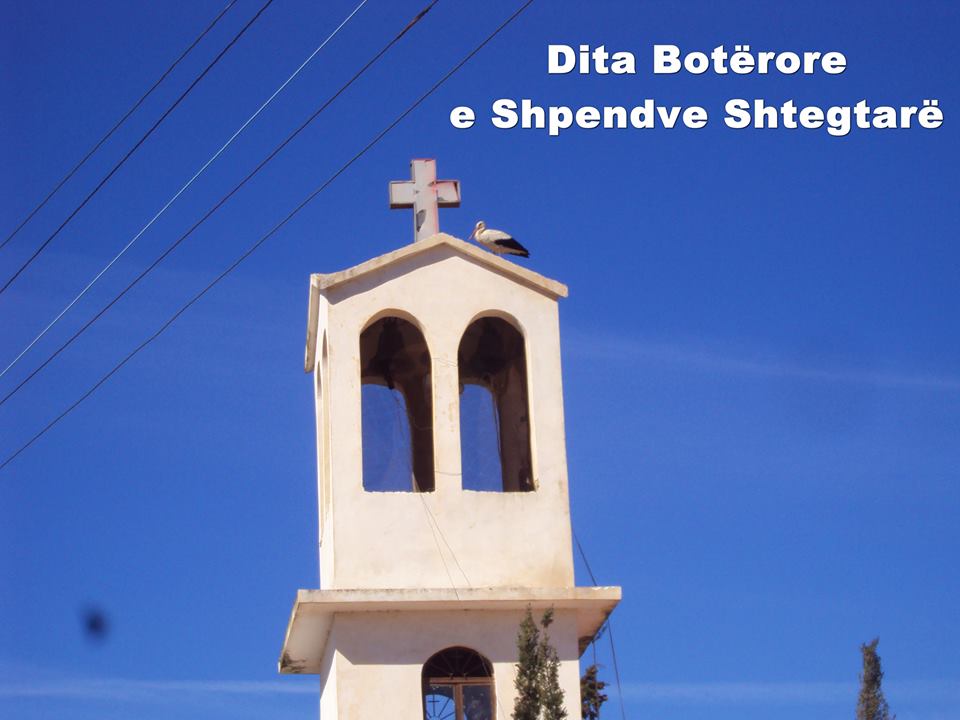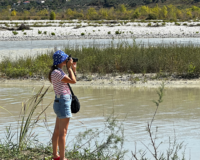World Migratory Bird Day is an annual campaign which emphasizes the need to conserve migratory birds and their habitats. It is celebrated every year on the second Saturday of May, since the birds migrate on different days of the year.
The idea started in the USA, while in the rest of the world such a day was not celebrated yet. On the occasion of its 10th anniversary in 2005, the Secretariat of the Agreement on the Conservation of African-Eurasian Migratory Waterbirds (AEWA) launched World Migratory Waterbird Day. As this event was well received, it was decided to expand its focus to a commemorative day dedicated to all migratory birds on a global scale.
The first theme of World Bird Day was “Migratory birds need our support now!” as at that time migratory birds were receiving very negative media coverage because they were wrongly believed to be the main cause of the spread of Avian Influenza (H5N1).
Since then, DBShSh has been celebrated every year and has grown in popularity. The themes of other years have been: In 2007 – “Migratory birds in a changing climate”; 2008 – “Migratory Birds – Ambassadors for Biodiversity”; 2009 – “Obstacles to travel”; 2010 – “Save Migratory Birds in Crisis – Every Species Matters!”; 2011 – “Changes in Land Use from the Perspective of Birds”; 2012 – “Migratory birds and people – together in time”; 2013 – “Networking for migratory birds”; 2014 – “Migration Routes: Migratory Birds and Tourism”.
This year’s theme is: Energy – Make it Bird Friendly!”
With the theme “Energy – Make it Bird Friendly!” , DBShSh 2015 aims to highlight the importance of distributing energy technologies in a way that prevents, reduces and mitigates impacts on migratory birds and their habitats.
Every year, millions of migratory birds encounter difficulties with the massive expansion of different ways of generating and distributing energy. Sustainable production of renewable energy is expected to have positive effects on migratory birds by mitigating climate change and its impacts. However, if some technologies are deployed without a plan, design and risk assessment, they can pose a major threat to migratory bird species.
As energy production expands, switching to wildlife-friendly methods is a key step toward protecting life on Earth. Migratory bird conservation must be considered in all phases of energy development at multiple levels – local, national and international. Therefore, cooperation between the government, environmental protection organizations, scientists, the energy sector and the general public is necessary. In this way, the benefits of sustainable energy can be realized without risking damage to migratory birds and their habitat.
By Fiona Zekthi/ EcoAlbania









